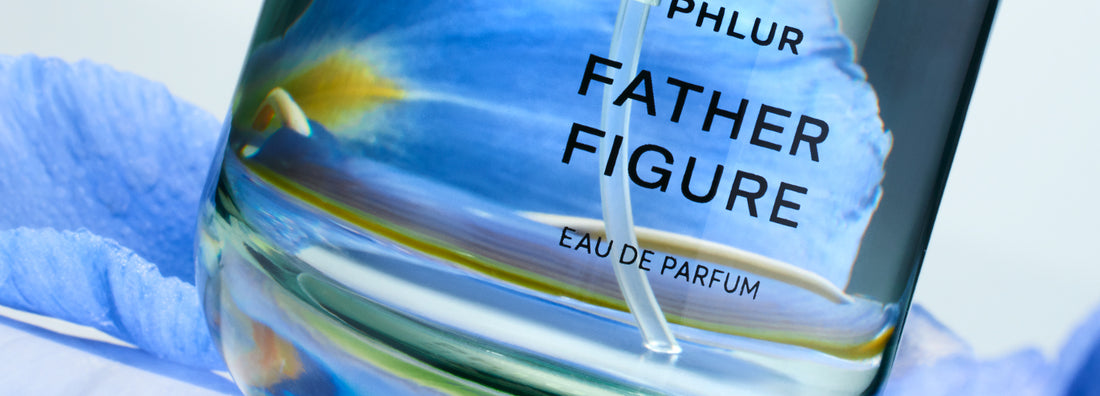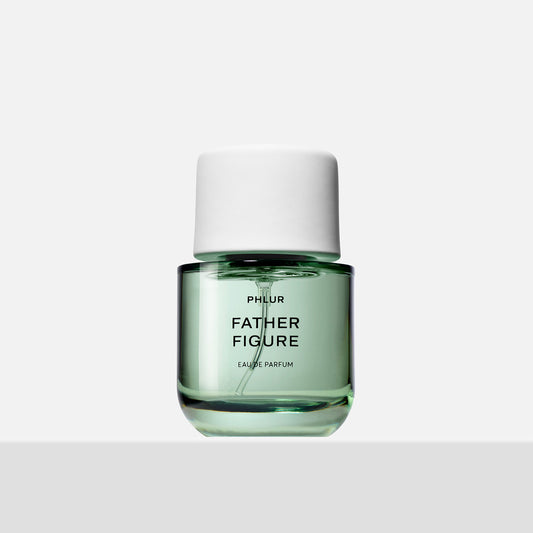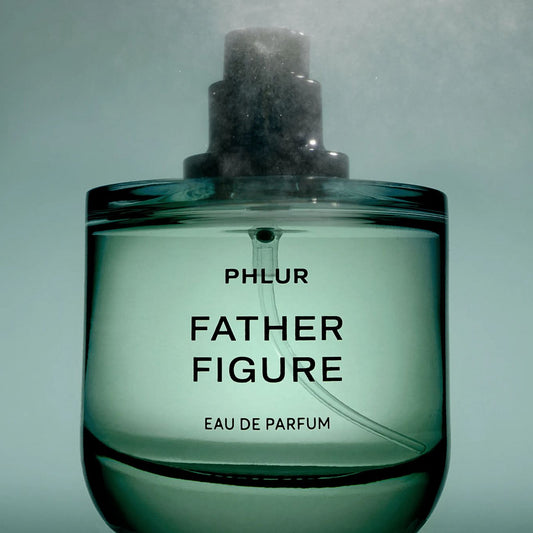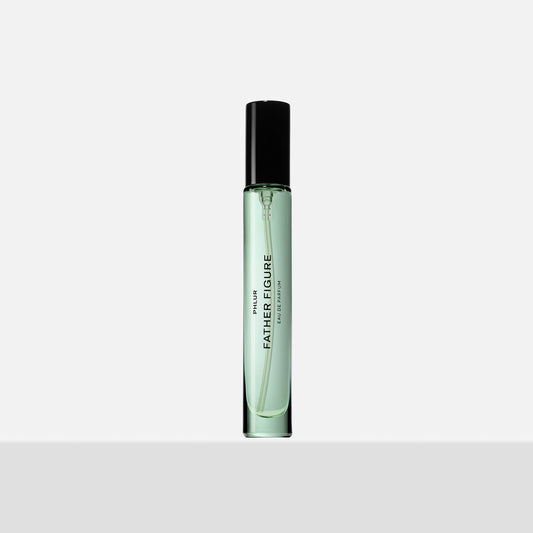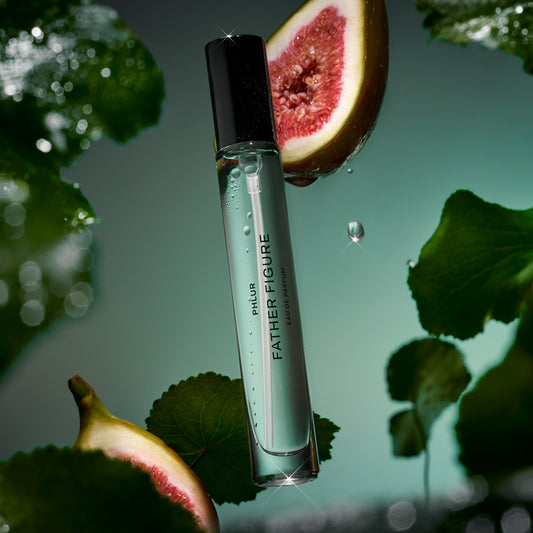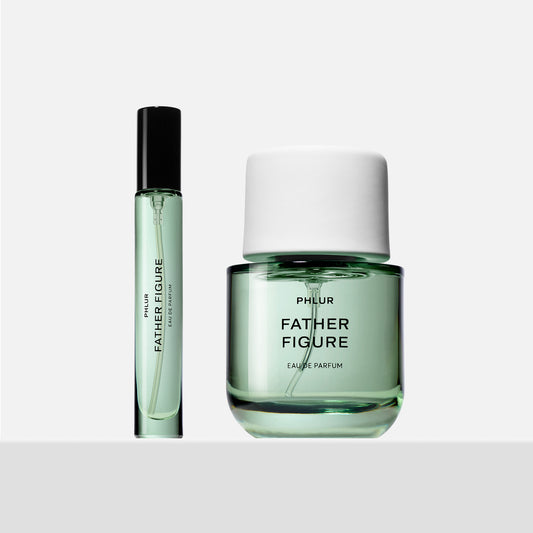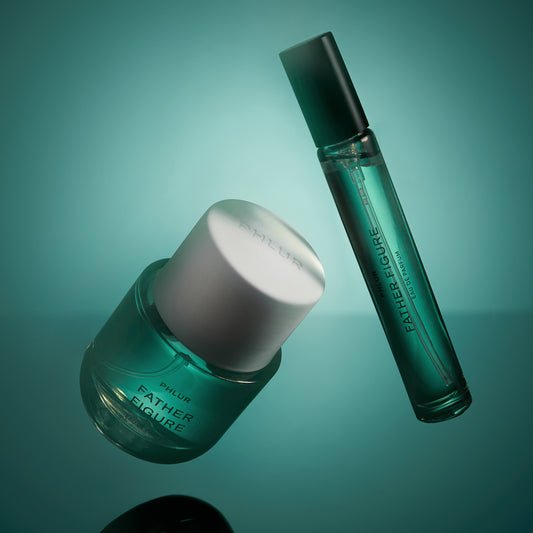What is Iris?
Iris is a type of flower with uniquely fragrant roots, used to add a distinctly powdery and floral aroma to perfumes. The process of extracting and producing iris oil is both time-consuming and labor-intensive, making it one of the most expensive raw materials in perfumery.
Origin:
Iris has a long history of use in perfumery, dating back to ancient Egypt. There, it was used to create a perfume called "Kophia" and to add fragrance to cosmetics, including kohl eyeliner. In ancient Greece, iris was known as "sea foam" and was commonly used in perfumes and medicines. During the Middle Ages, iris debuted in Europe where it became a highly favored ingredient in fragrances for members of royal courts. In the 19th century, iris was at the peak of its popularity in perfumery and was included in many well-known perfumes of the era. Today, it is still widely used in perfumery, although synthetic compounds that mimic the aroma of iris oil are also common. Iris is considered a high-end ingredient and is used in many iconic perfumes.
Function:
Iris is a commonly used base note in a perfume due to its fixative properties, which helps to prolong the life of other fragrances in a blend. It imparts a unique and sophisticated aroma with its soft, earthy, powdery, and slightly floral scent. In perfumery, Iris is often paired with other notes such as violet, white musk, amber and woody notes to enhance its powdery character.
Ingredient Type:
Iris is a raw, natural ingredient used in perfumery, obtained from the rhizomes (roots) of specific species of the iris plant such as Iris germanica and Iris pallida. The rhizomes are dried and then treated with solvents to extract orris butter, an oily substance that adds a floral note to many perfumes.
What Does Iris Smell Like?
Iris has a powdery, floral, and slightly earthy scent profile with subtle undertones of spice or musk. The aroma of the iris root itself is complex, and may be described as having notes of violet, green leaves, or even a hint of licorice. The final scent can vary depending on the species of iris, as well the specific extraction method that is used.
Variations in Perfumery:
In the development of a perfume, two main types of iris are utilized: Orris root, derived from the Iris germanica, and Iris pallida root, derived from the Iris pallida. Of the two, Orris root is the most commonly used and considered to be the premium source of iris absolute.
What Fragrance Family is Iris in?
Iris is categorized as a floral fragrance and is primarily utilized as a base note to enhance floral, chypre, amber, and woody scents. However, its distinct and complex scent profile allows it to be associated with multiple fragrance families, depending on its usage.
For instance, when combined with fresh green notes and citrus, it can exhibit a crisp and clean character that is typically associated with the aromatic or green fragrance families. When paired with musk, amber, and vanilla, it can convey a warm, sensual essence that is far more characteristic of the amber fragrance family.

